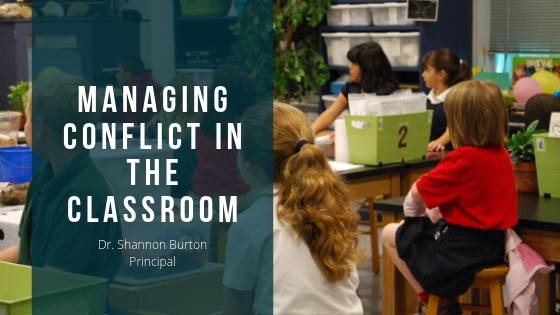Handling the conflicts and tensions of students in the classroom can be challenging for even the most seasoned teachers. While you can establish and maintain a positive classroom attitude for all of the students that come through the door each school year. And while conflicts are sure to arise, the following tips will help you deal with outbursts and confrontations.
Problem-Solving
Problem-solving usually helps solve any conflict. When the goal and the relationship are important to students, problem-solving negotiations can be initiated to solve the conflict. Students will seek a solution that will ensure both sides achieve their goals and that all tensions and negative feelings between the two sides are dissipated.
Smoothing
If the end goal doesn’t matter in a classroom argument, it might be best to just smooth things over on both sides. Often, smoothing means that one person has to give up their goal so that the other person can achieve theirs. Smoothing helps maintain the highest-quality relationship, and as a teacher, you can detect which students’ goals and interests are much stronger than the others in conflict. As the teacher, you can also help facilitate the smoothing process and even bring a little humor to the situation.
Compromising
If both the goal and maintaining the relationship are important and neither side can have their way, both students involved will have to give up part of their goals and reach an agreement that both sides are happy with. A compromise may involve flipping a coin or meeting in the middle. Compromising can be used when students want to engage in problem-solving negotiations, but they do not have enough time to do so.
Withdrawing
Sometimes during a classroom conflict, the goal is not important to the students, and they value their relationship more. In this situation, one student may withdraw from the conflict by giving up their goal completely to avoid the argument continuing with another student. This is a great way for students to calm down and control their feelings, and as the teacher in the classroom, it is important to support each student when this happens.

